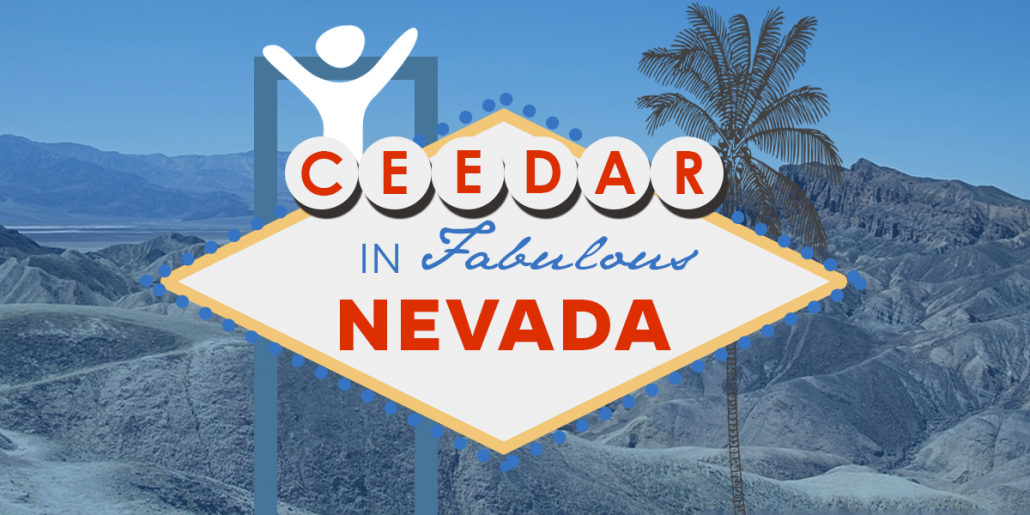Improving Education Preparation in the Silver State: Working Together to Meet the Needs of Students with Disabilities
Nevada joined CEEDAR as a targeted state and transitioned to intensive technical assistance with the 2016 cohort–the last cohort of states. Julie Bowers, a State Leadership Team (SLT) member from the Nevada Department of Education (NDE) shared, “While Nevada may not have made as much progress as other states, we have gone from 0-60 since working with CEEDAR.” The SLT has made much progress within a short time frame. SLT members represent both urban and rural areas of the state, including members from the NDOE, Great Basin College, Nevada State College, the Universities of Nevada at Las Vegas (UNLV) and at Reno (UNR) as well as members from local school districts. This representative group built relationships and found success with cross-collaboration. Linda Blanton, the CEEDAR state lead, says that this cross-collaboration and the need to make progress in a short period of time helped the SLT narrow their NV-CEEDAR blueprint focus to three goals that focus on: supporting school leaders to meet the need of all learners in Nevada; aligning the state’s teacher performance evaluation tool with educator preparation programs; and using evidence-based practices (EBPs) and culturally responsive teaching within an MTSS framework.
To help kick-start their endeavors, the SLT used CEEDAR’s Innovation Configurations (ICs) to review course syllabi to identify any gaps that might exist related to EBPs, culturally responsive teaching, and MTSS. Melissa Burnham, Associate Dean for the College of Education and Professor of Human Development and Family Studies and Early Childhood Education at UNR, reported that faculty at UNR used the ICs to review their course syllabi for their introductory special education courses at the elementary and secondary level. In addition to using the ICs to review course syllabi and subsequently revising coursework, Melissa emphasized how this initiative also motivated faculty at UNR to examine leadership preparation. She stated, “CEEDAR has provided us the opportunity to closely examine how we are preparing leaders to understand special education, and to make revisions as needed.” As a result, the principal preparation program at UNR, now called Nevada Leads, is being fully revamped.
Although the Nevada SLT has made some great gains since partnering with CEEDAR, like most SLTs, it has not been without it’s challenges. One of the challenges noted by both Julie Bowers (NDOE) and Melissa Burnham (UNR) is getting the right people together to work collaboratively, especially due to the complex geography of the state. In addition, Linda Blanton added that it can be challenging to keep momentum going when there are so many competing priorities within and across each level–state department, institutions of higher education, and school districts. To help with the challenges, Melissa Burnham noted that the state team time at the annual convening proved to be very helpful for organizing and focusing the team.
In the end, the rewards of the collaboration far outweigh the initial challenges the SLT faced. This however, has not come without hard work. A few nuggets of wisdom from the Nevada team include:
- Ongoing and regularly scheduled communication is essential.
- Professionals must continue to network with others outside of their own setting to gain broad understanding of trends.
- It is imperative to get the right people in the right roles at the table who can support and facilitate change.
The Nevada SLT purposefully set goals from the outset to ensure sustainability by purposefully focusing on only a few key issues. In addition, the SLT has collaborated and built relationships that normally would not have existed, especially between rural and urban areas. This cross-collaboration helps those working in the state to own the improvement efforts for years to come.
Questions or Comments?
Contact us at ceedar@coe.ufl.edu




